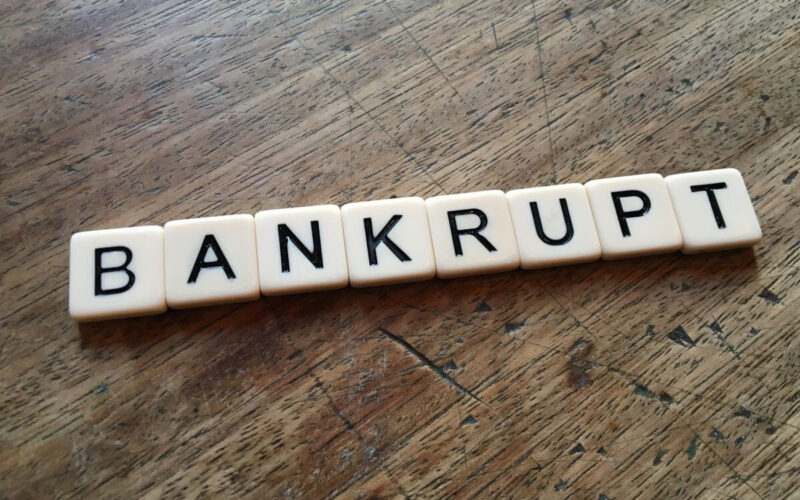The US-based crypto lending company, BlockFi, is making strides towards financial stability as it emerges from bankruptcy and begins the process of returning assets to its clients. This significant development comes after nearly 11 months of navigating the turbulent waters of the cryptocurrency industry, which was triggered by the devastating collapse of FTX.
Winding Down Operations and Pursuing Additional Payments
As part of its recovery plan, BlockFi has announced that it is actively winding down operations and has made provisions to return crypto assets to its customers. The company is also seeking additional payments through the bankruptcies of other crypto companies, such as FTX and Three Arrows Capital. This strategic move aims to bolster BlockFi’s financial stability and potentially enhance client recoveries.
“Customers with interest-bearing Earn accounts could recover between 39.4% and 100% of the value in their accounts,” as estimated by BlockFi in recent court filings.
This estimate provides much-needed optimism for those affected by the fallout from BlockFi’s initial bankruptcy filing in November 2022. The company attributed its collapse, in part, to its loans to FTX’s sister firm, Alameda. The ongoing trial of FTX founder, Sam Bankman-Fried, for fraud in Manhattan further complicates the situation, adding another layer of complexity to BlockFi’s journey towards recovery.
Repayments and Withdrawals
While withdrawals are currently available to almost all of BlockFi’s Wallet customers, those with BlockFi Interest Accounts and Retail Loans can expect repayments in the coming months. However, the amounts received may be contingent on the outcome of the FTX bankruptcy proceedings. It is important to note that these repayment processes are subject to the approved bankruptcy plan and court decisions.
For BlockFi Wallet customers, the withdrawal window is open until 23:59 UTC on December 31, 2023. During this period, customers are encouraged to submit their withdrawal requests to secure their assets and participate in the recovery process.

















